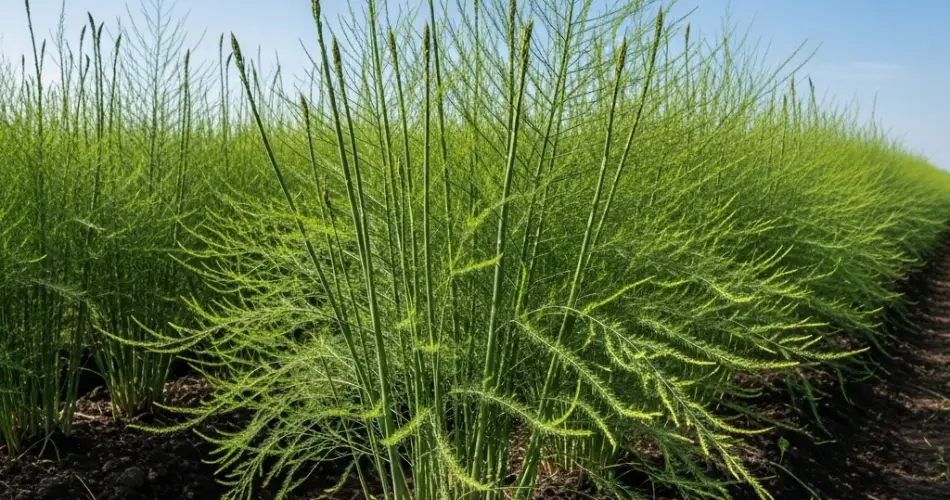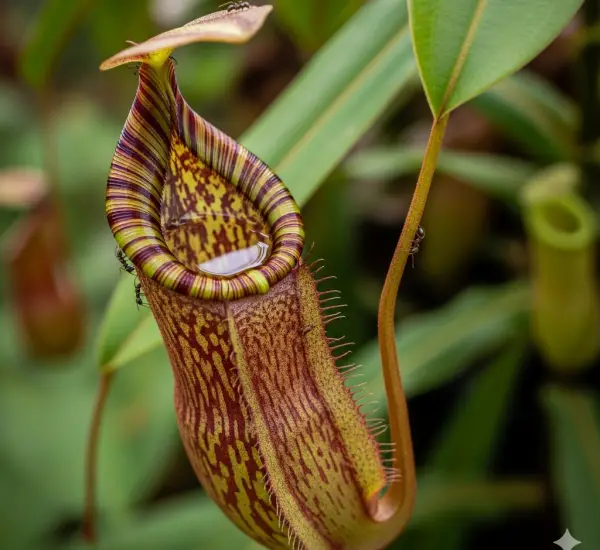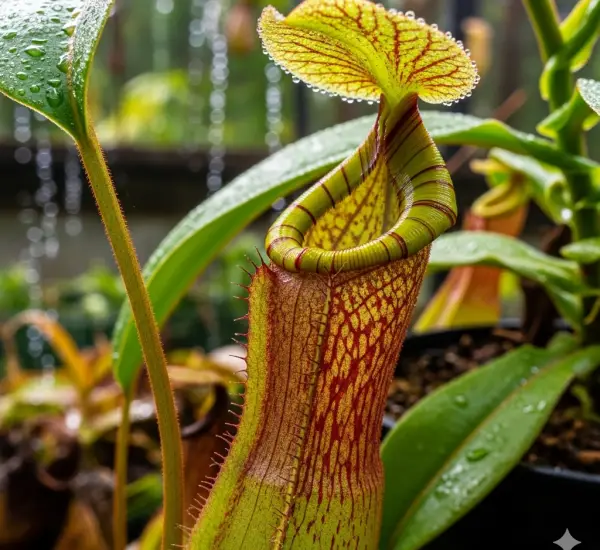Asparagus is a long-lived perennial vegetable that rewards gardeners with tender, flavorful spears every spring. Once established, an asparagus bed can produce reliably for 15 years or more. But to enjoy consistent yields and healthy plants, it’s essential to care for your asparagus patch throughout the entire year—not just during the harvest period.
Each season presents different needs and tasks for asparagus care. By understanding what to do in spring, summer, fall, and winter, you can keep your plants vigorous and productive for seasons to come.
Spring: Harvest and Feed
Spring is the most exciting time in the asparagus garden. This is when the long wait pays off and the crisp, green spears begin to emerge.
Harvesting
-
Begin harvesting when the spears are 6 to 8 inches tall and about as thick as your finger.
-
Cut or snap spears just above the soil line. Use a sharp knife or gently break them off by hand.
-
Harvest daily or every other day to catch the spears at peak tenderness.
-
Stop harvesting when the spears become thin (about the width of a pencil), usually after 6–8 weeks.
Fertilizing
Once the harvest season ends, your focus shifts to feeding the plants.
-
Apply a balanced fertilizer or compost around the base of the plants to support strong fern growth.
-
This foliage is crucial for photosynthesis and energy storage, which fuels next year’s crop.
Summer: Let Ferns Grow
During summer, the spears that are no longer harvested develop into tall, feathery ferns. These should be left undisturbed, as they play an essential role in the plant’s life cycle.
Foliage Maintenance
-
Allow the ferns to grow freely—do not cut them back.
-
Stake or support the plants if they become tall or start to flop over, especially during heavy rains or strong winds.
-
Healthy ferns contribute to robust root systems and better spear production the following spring.
Watering and Feeding
-
Water during dry spells to keep the soil consistently moist but not soggy.
-
Apply a light mulch to conserve moisture and suppress weeds.
-
Consider a mid-summer side-dressing of compost or a low-nitrogen fertilizer to support foliage health.
Weed Control
Weeds compete with asparagus for nutrients and moisture. Regularly remove any weeds by hand or with shallow cultivation. Avoid disturbing the roots.
Fall: Prepare for Dormancy
As autumn approaches, asparagus ferns will begin to yellow and die back. This signals the end of their growing cycle and the time to prepare for dormancy.
Cutting Back
-
Wait until the ferns have turned completely yellow or brown before cutting them back.
-
Cut the dead stalks down to about 1–2 inches above the soil line.
-
Remove all debris to prevent overwintering pests and diseases.
Mulching
-
Apply a layer of mulch such as straw, compost, or shredded leaves to protect the crowns during winter.
-
In colder climates, this helps insulate the roots from freezing temperatures.
-
Mulching also suppresses early spring weeds.
Winter: Rest and Plan
During the winter, your asparagus bed is dormant, but your efforts during this time can still benefit next year’s crop.
General Maintenance
-
Check the bed occasionally to ensure mulch is in place and protecting the crowns.
-
In milder climates, ensure excess moisture drains well to avoid root rot.
Planning Ahead
-
Winter is a good time to evaluate your asparagus bed and plan any improvements.
-
If your patch is more than 10–15 years old and production is declining, consider preparing a new bed in early spring.
-
You can also start seeds or purchase crowns indoors to transplant when conditions warm.
Tips for Long-Term Asparagus Health
-
Don’t harvest in the first year (or two): Young asparagus plants need time to establish strong roots.
-
Avoid overharvesting: Stop picking when spears become thin to prevent weakening the plants.
-
Maintain good soil health: Enrich with compost annually and avoid compacting the soil.
-
Watch for pests and diseases: Common issues include asparagus beetles and rust. Handpick pests and remove any infected ferns to control outbreaks.
-
Rotate and replant carefully: If disease or age takes a toll on your bed, plant new crowns in a different spot to avoid soil-borne problems.
Final Thoughts
Caring for asparagus is a year-round commitment that pays off with delicious, homegrown spears every spring. By aligning your efforts with the plant’s seasonal needs—from harvesting and feeding in spring to supporting fern growth in summer and protecting the roots in winter—you’ll enjoy a thriving asparagus patch for many years. With just a bit of attention and patience, asparagus can become a centerpiece of your perennial vegetable garden.



